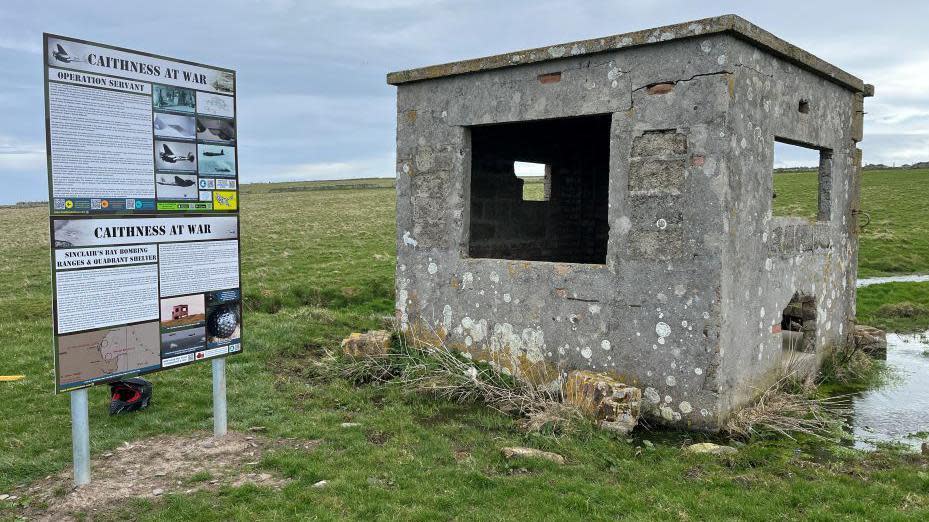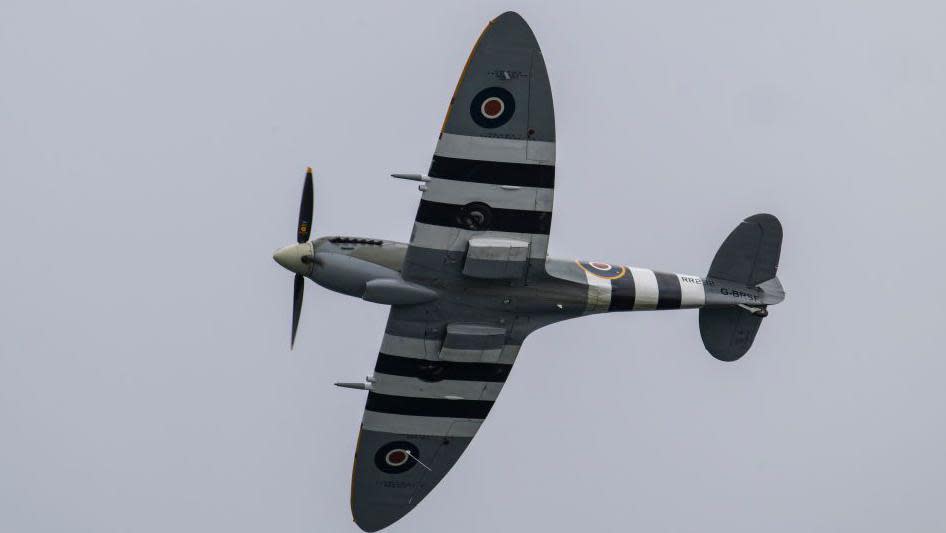WW2 secret missions recalled in new Caithness trail

Caithness' role in secret operations during World War Two have been recalled in a new visitor trail.
Missions to thwart Nazi Germany's atomic weapons programme and sink warships flew out of RAF stations in the north Highland area.
The Caithness at War trail also highlights defences that were installed to protect against invasion.
New information boards have been placed along the trail around Wick and Sinclair's Bay, just north of the town.
Alistair Jack, of Caithness Voluntary Group, which was involved in setting up the trail, said: "Caithness was a top secret area and you needed special clearance to get in and out of the county.
"There were big fears in 1940 - after Germany occupied Norway - that Caithness would be a point of invasion.
"The beaches around Sinclair's Bay were ideal landing sites."

The missions included Operation Freshman, a failed raid to destroy a Norwegian heavy water plant that formed part of Germany's attempts to build a nuclear weapon.
Two bombers, towing gliders, flew from RAF Skitten, near Wick, but three of the aircraft got into difficulty and crashed. Those who survived were captured and killed.
Operation Servant was another of the clandestine activities in Caithness. It involved tests of a bouncing bomb for an attack on the battleship Tirpitz.
The warship was also the target of a Spitfire reconnaissance mission from RAF Wick in 1942.
The aircraft was shot down and its pilot, Auchterarder-born Flt Lt Alastair Gunn, was captured, interrogated, imprisoned and later executed.
The launch of the new trail has been supported by Highlands and Islands Airports Limited and SSE Caithness Beatrice Community Fund.

